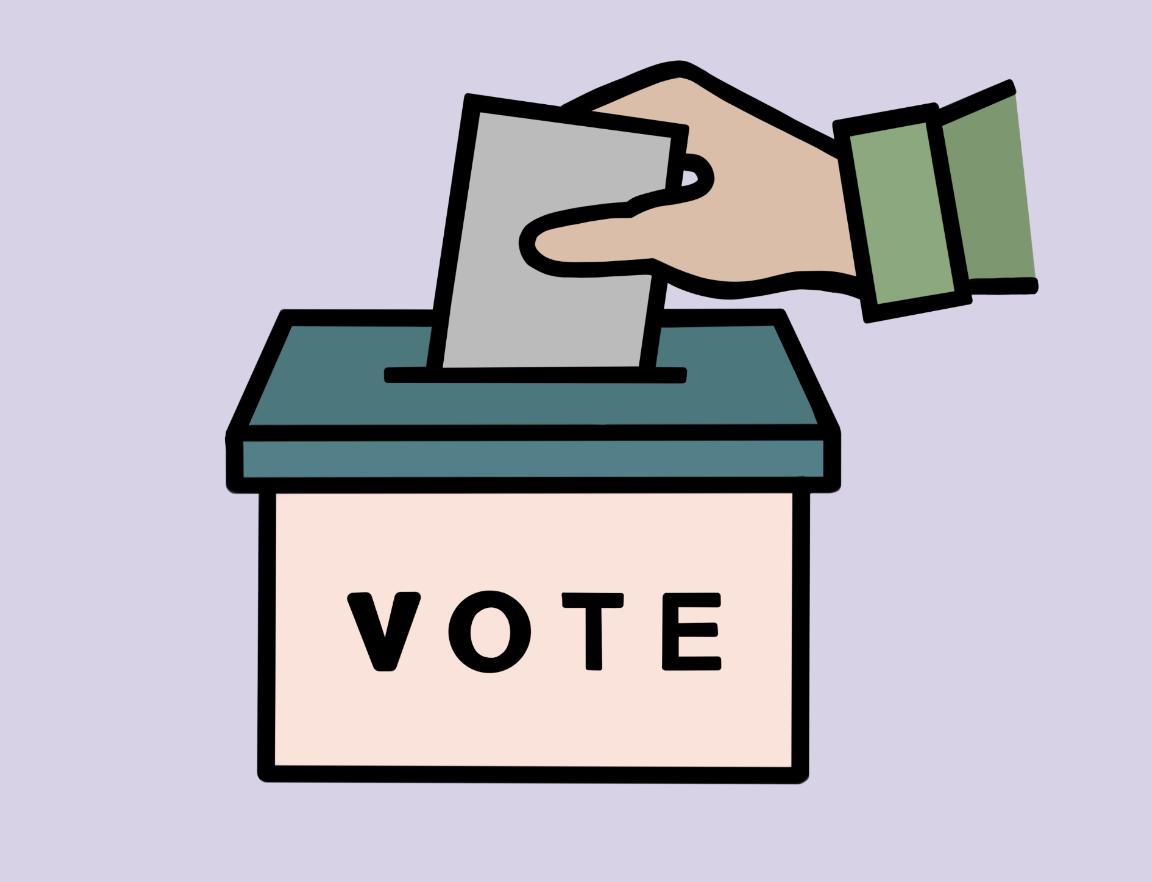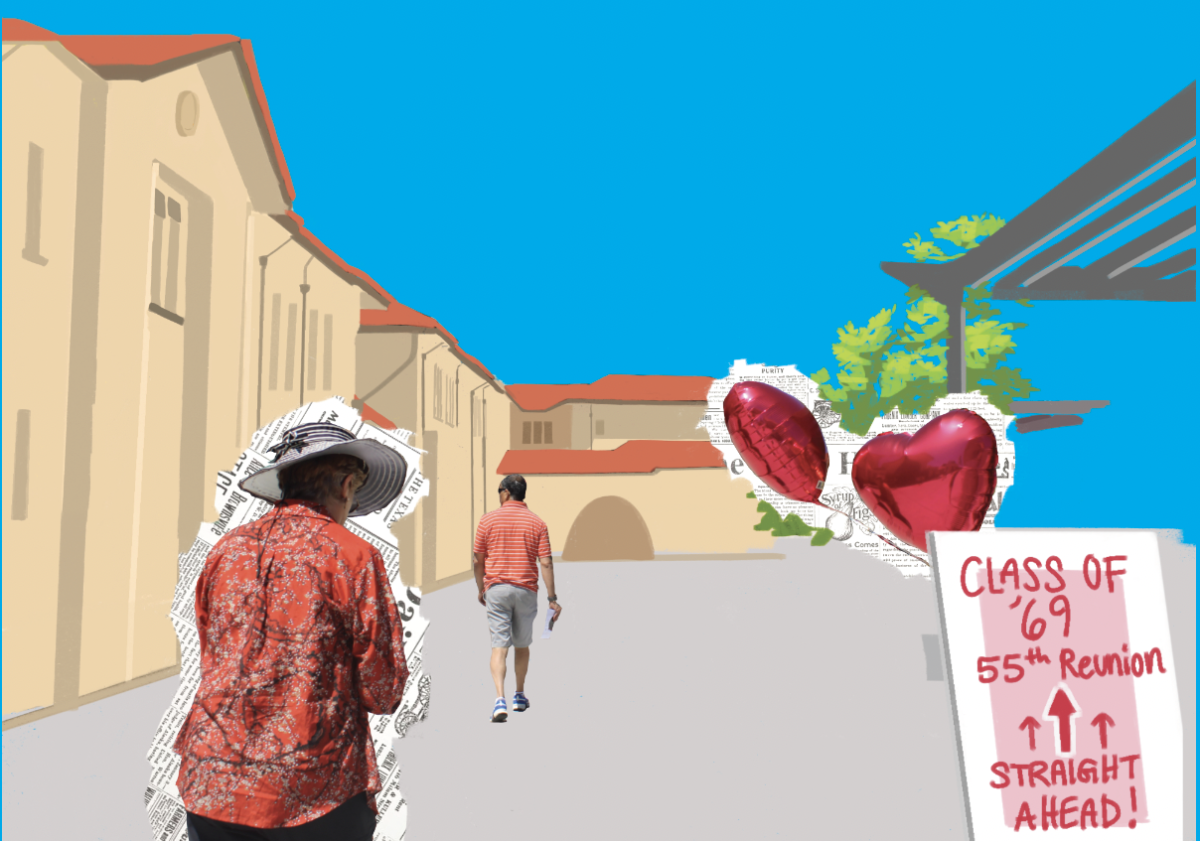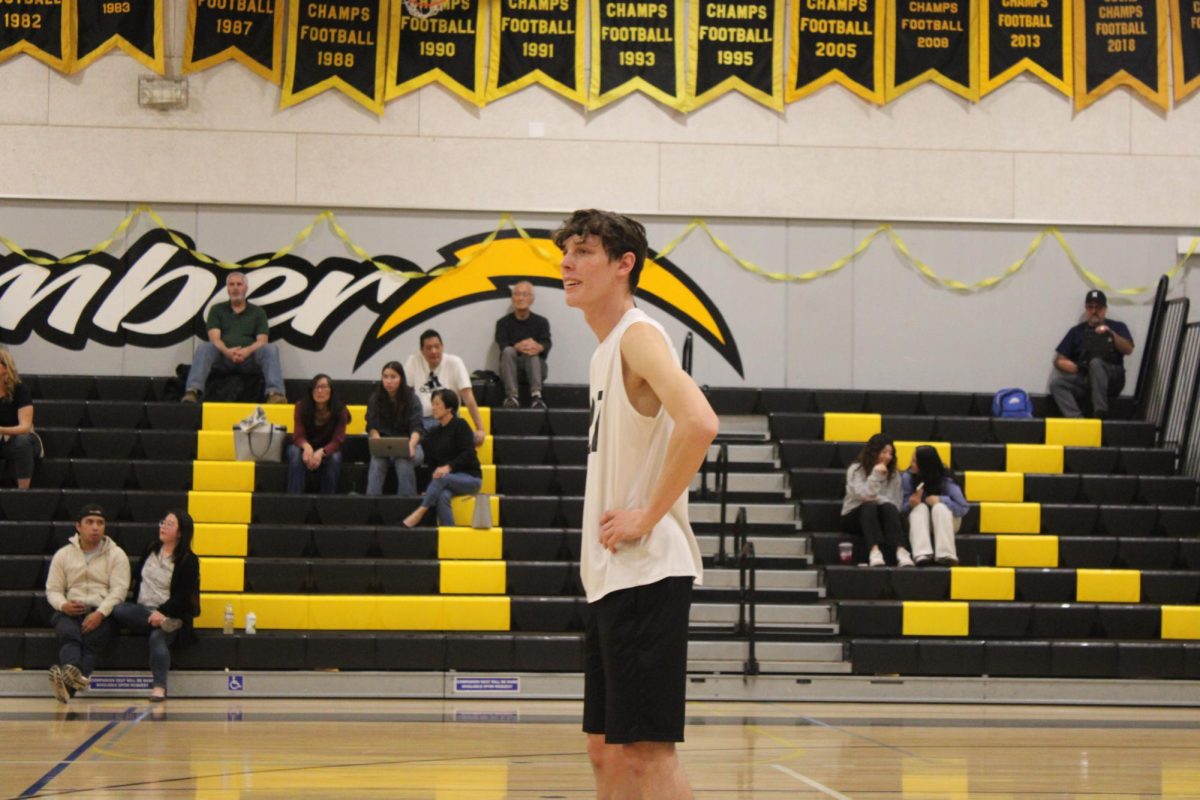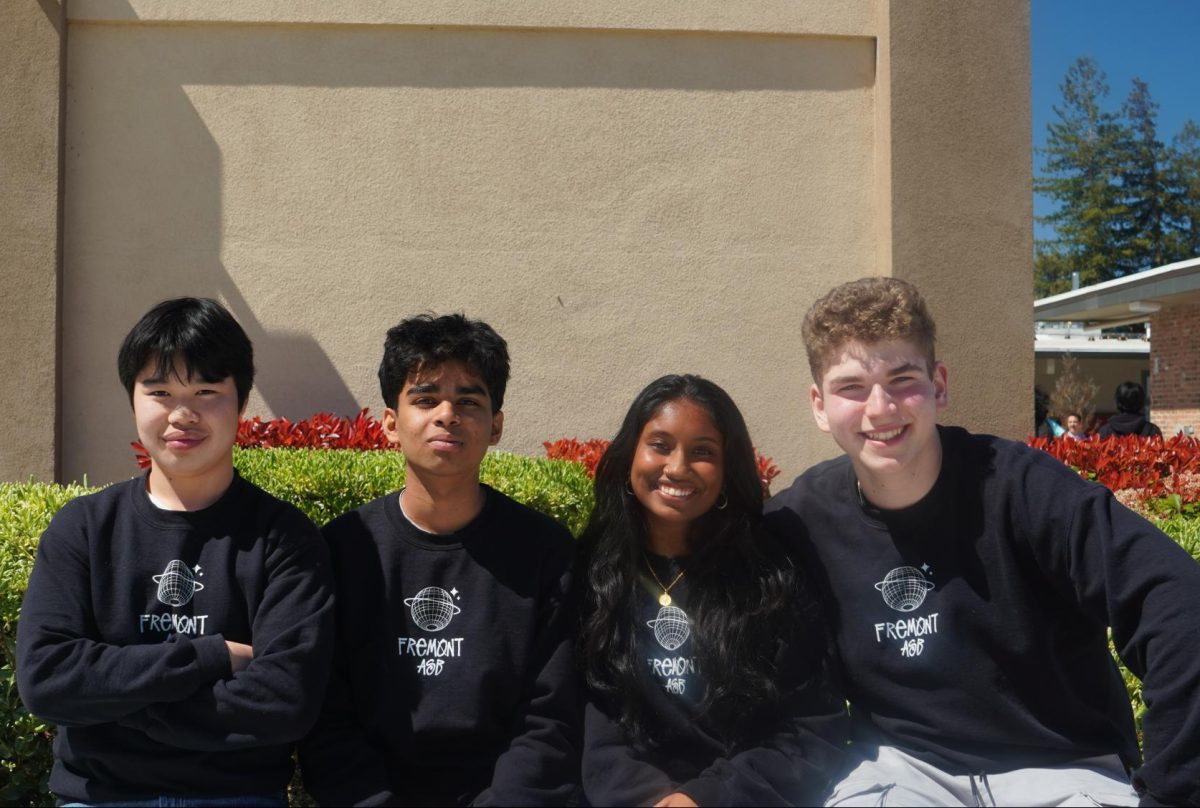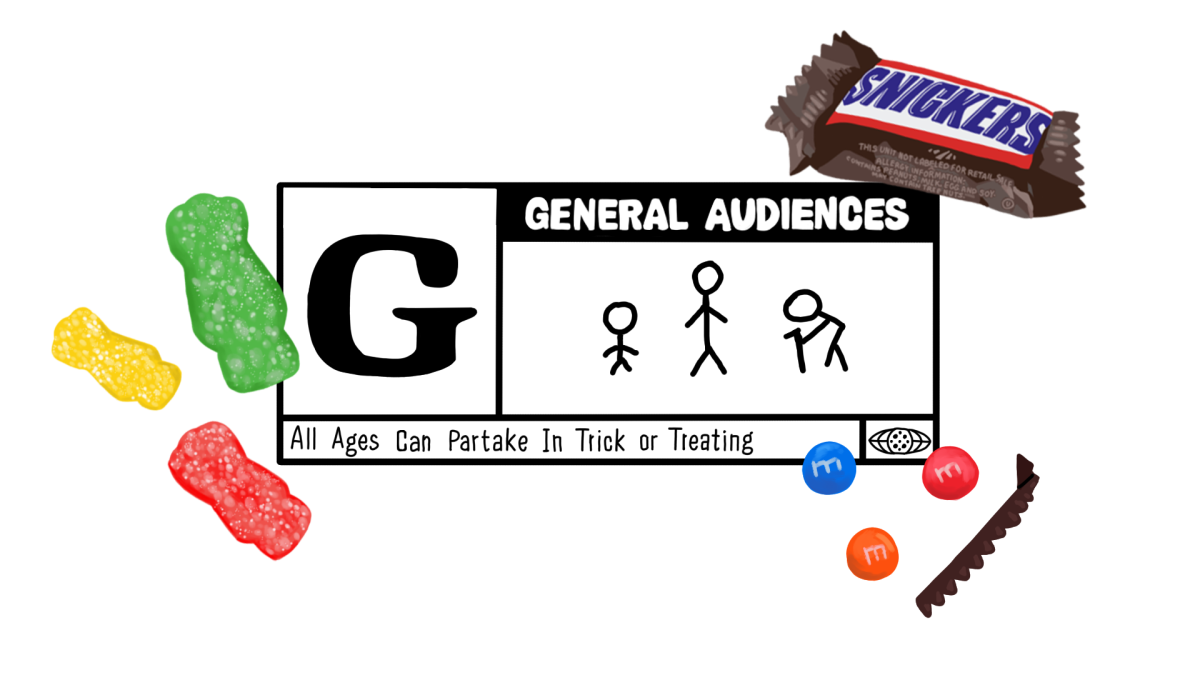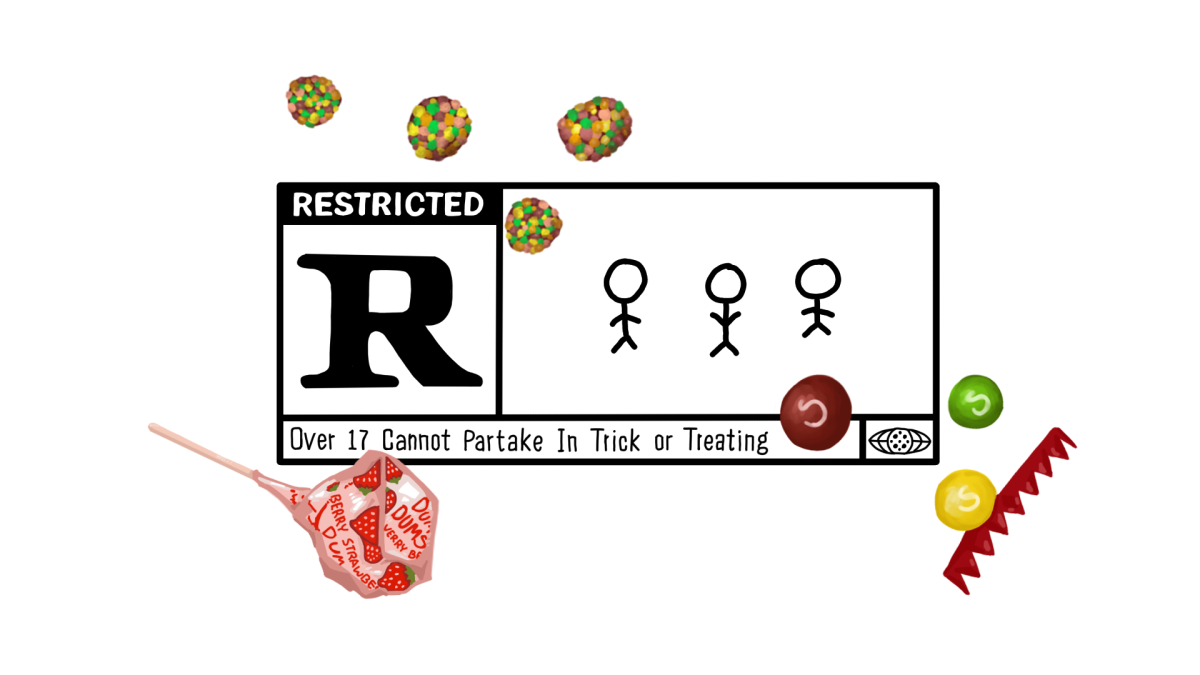At most high schools, there exists a microcosm of the democratic process through student government. Although ASB elections only take place once a year, they play a pivotal role in shaping the culture and character of FHS.
To start, ASB elections serve as a training ground for future leaders. Campaigning requires candidates to articulate their visions, engage with their peers and address pressing concerns facing their classmates. Through this process, students engage in public speaking, teamwork and decision-making — skills that are essential for effective leadership in any sphere of life. Specifically at FHS, because we have a class cabinet of four students instead of a hierarchy, all cabinet members are able to gain valuable leadership experience.
However, while ASB elections do provide the opportunity for students to directly influence school politics, they are not without their challenges.
One of the most common pitfalls of high school elections is the tendency for candidates to make extravagant promises that they may not be able to fulfill. This can lead to disillusionment among voters when candidates cannot deliver on promises, eroding trust in the electoral process. This overpromise-underdeliver cycle can lead to less student involvement both in ASB and in ASB-led activities because they feel that nothing has changed in the ways they were assured.
Since elections and campaigning go hand in hand, prospective candidates spend hours hanging up posters, recording videos and passing out candy in the days leading up to election day. Unfortunately, sometimes students get so caught up in getting the votes that they lose sight of why they were running in the first place. Walking into classes and giving people a lollipop with the perpetual ‘vote for me!’ is disingenuous at best — brief, five-second interactions between a candidate and other students are more irritating than genuinely helpful.
Furthermore, high school elections as a whole often devolve into popularity contests, where well-liked candidates, rather than the most qualified, secure victory. In such cases, social connections or even appearances often overshadow leadership ability or concrete plans for improvement. Students may vote based on who they know, rather than evaluating candidates’ platforms or visions for the school. This dynamic can be disheartening for those who aspire to make meaningful changes, but lack the level of popularity needed to be successful. Consequently, high school elections tend to reflect social hierarchies rather than the potential for genuine change within the school community.
Ultimately, while elections encourage student participation, students losing sight of the goal — to do what is best for the school — can lead to detrimental consequences.


